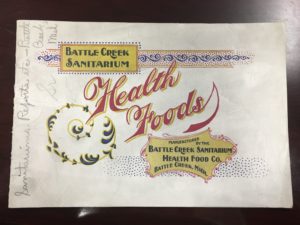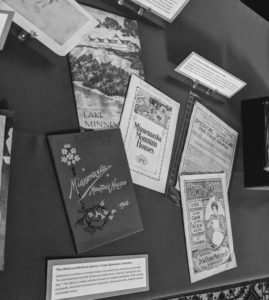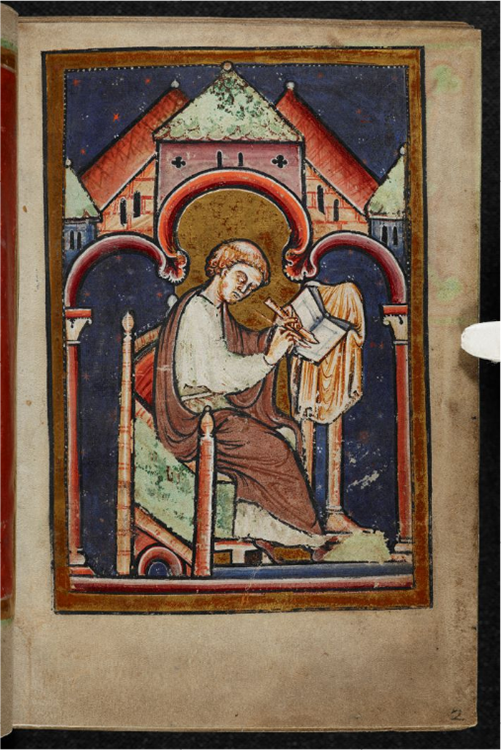– by Kate Grauvogel*
With the isolation of estrogens, androgens, progestins, and insulin in the 1920s and 30s, boundless therapeutic uses for hormones became possible.[i] Fertility control, mental illness, and tuberculosis were just a few of the seemingly disparate problems that researchers attempted to treat or control by regulating hormones. My research adds to this picture by showing just how varied these uses were and how the community of researchers compared and coordinated their efforts. At the Historical Medical Library of the College of Physicians of Philadelphia, I discovered additional diverse uses for hormone therapies in the published works of Dr. Edward Strecker and the papers and published works of Dr. Max B. Lurie.



